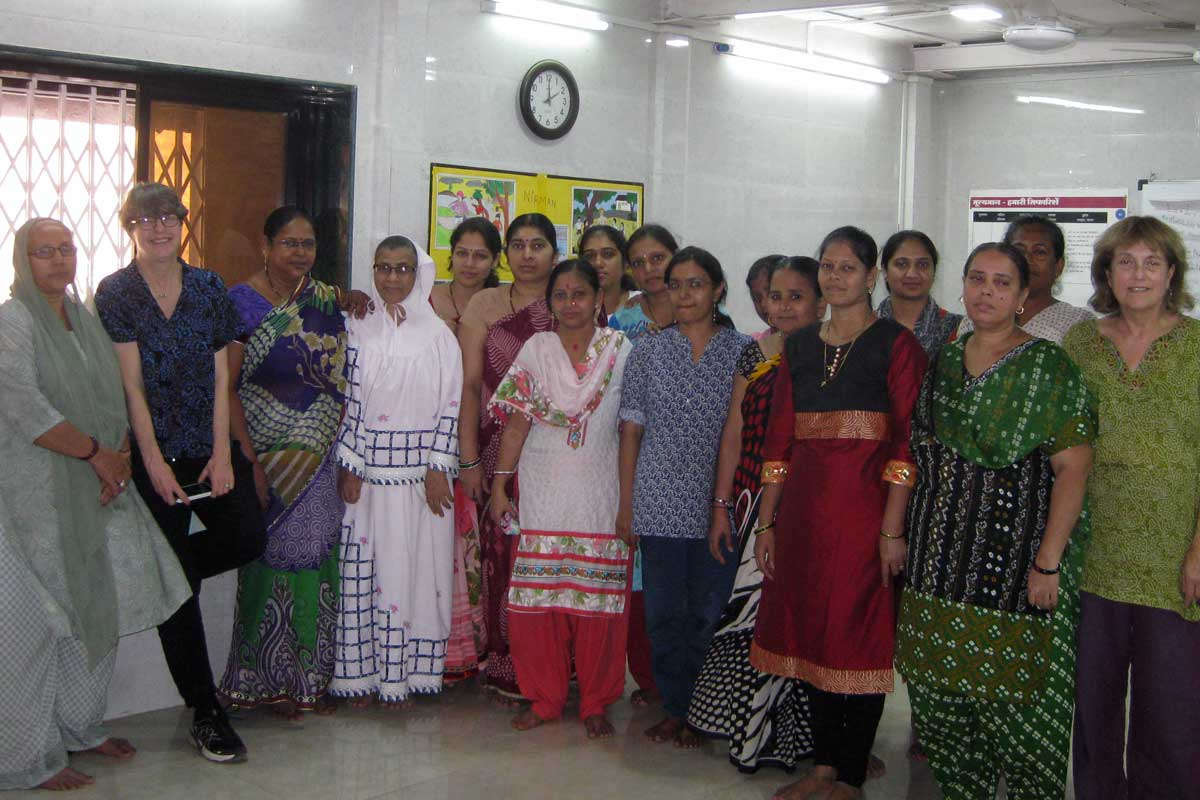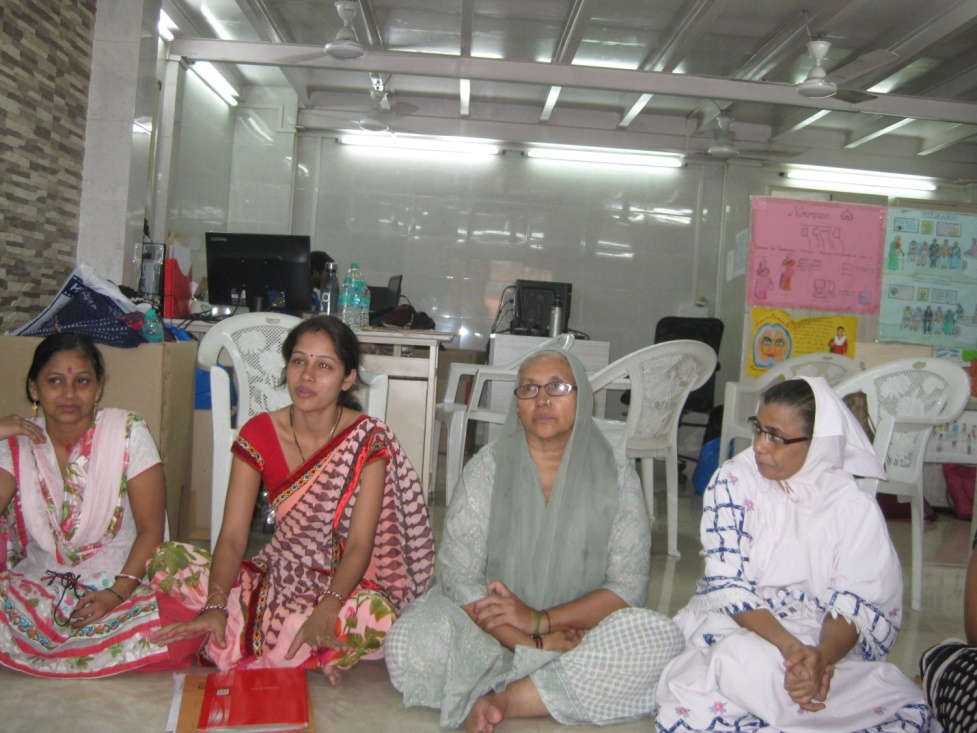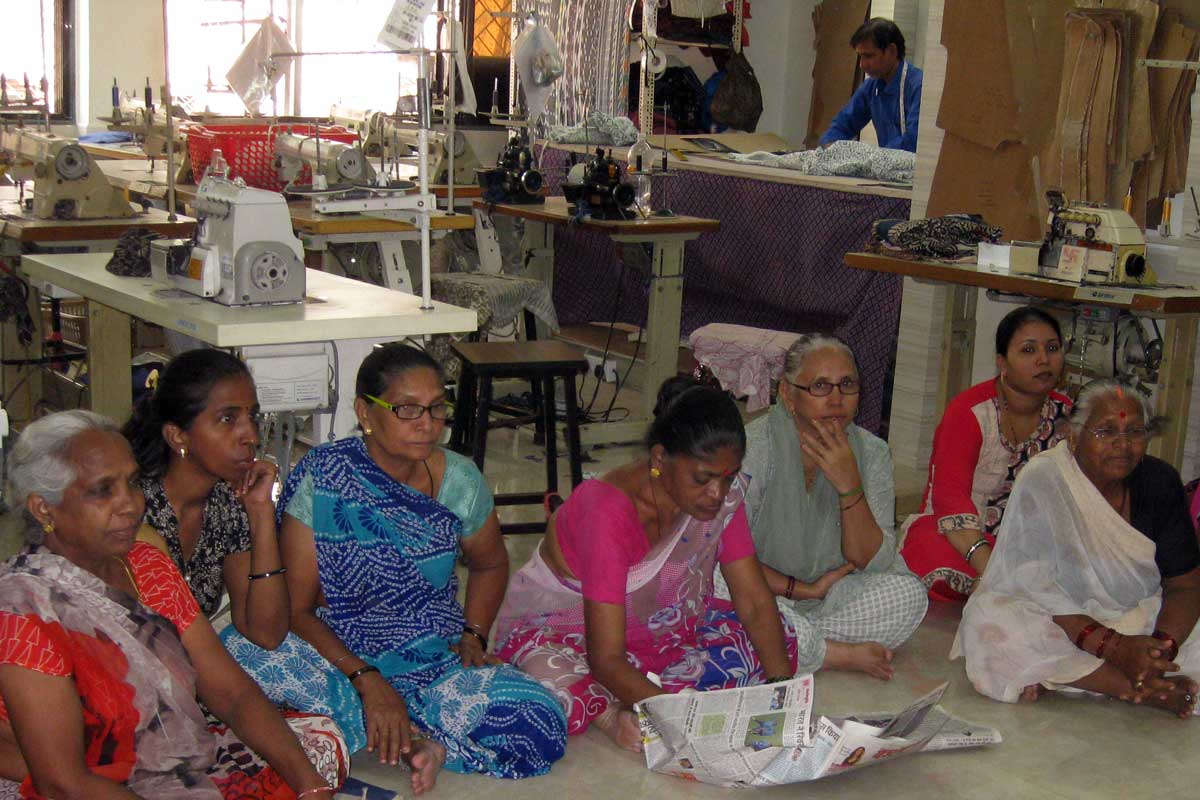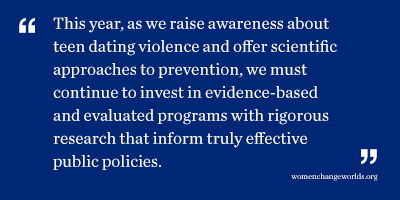This commentary by Nan Stein and Bruce Taylor was originally published by Education Week on October 4, 2018.
The sexual assault allegations leveled by psychology professor Christine Blasey Ford against U.S. Supreme Court nominee Brett Kavanaugh have consumed the country. The events as described by Ford are not an anomaly for U.S. teens. As researchers, we know that there is a high prevalence of sexual assault among teens today and that schools are not implementing effective strategies to address this kind of violence. But the data haven't always been available—it is only in about the last two decades that we can reliably measure the prevalence of sexual assault among teens.
We are researchers, not psychologists—one of us (Bruce Taylor) is a criminologist, the other (Nan Stein) is a former middle school teacher who focuses on curriculum development and teacher training. With the support of grant funding from the National Institute of Justice at the U.S. Department of Justice, we have spent the last 10 years conducting research on school-based interventions that has taken us into middle schools in the Cleveland suburbs and New York City. Using rigorous scientific data, we have created interventions designed to prevent the kinds of behaviors Christine Blasey Ford described in her testimony—and they have been shown to be effective. Our 2010 study, "Shifting Boundaries: Lessons on Relationships for Students in Middle School," was one of two evidence-based community-level primary prevention strategies that the Centers for Disease Control and Prevention identified in 2014 as effective at reducing sexual violence.
The general public's opinion of sexual violence is largely shaped by high-profile crimes they encounter in the news. In 1989, three high school football players from Glen Ridge, N.J., sexually assaulted a mentally handicapped girl. For years, these boys had been throwing wild drunken parties. Yet, they never got in trouble until there was a rape—their conviction came four years later. In 2012, there was another incident that garnered a lot of attention. In Steubenville, Ohio, the rape of a drunken female teenager by two drunken high school football players at a party gripped the nation; the boys were later convicted of sexual assault. The incident was recorded by some of the partygoers, and images were posted on social media.
Sexual assault, including the incidents above, can have a devastating impact on its victims. Although it can take years or decades for victims to begin to address the trauma and come forward to report the incidents (as we are currently witnessing), the rumors and whispers may begin the following day at school, in the hallways, and over lunch—even when some of the participants were too drunk to remember anything. The underreporting of sexual violence has been documented by researchers extensively. According to a 2017 report from the Justice Department, only 23 percent of all sexual assaults are reported to the police.
In the early 1980s, when Ford alleges her assault occurred, there weren't many surveys of teenagers focused on either perpetration or victimization of sexual violence by their peers. For example, one of the nation's largest youth surveys conducted by the CDC did not start measuring sexual violence until 1999. Perhaps officials doubted that sexual violence among teens happened, or they assumed it was only perpetrated by strangers carrying a weapon who jumped out of a dark alley. It certainly could not have happened among privileged white kids, perpetrated by good white boys who attended private schools where the dress codes require jackets and ties.
Today, we find ourselves swimming in statistics from an abundance of surveys measuring sexual violence among youths. Based on the CDC's 2017 Youth Risk Behavior Survey, about 10 percent of high school students were sexually assaulted in 2017, with females (15 percent) experiencing higher rates than males (4.3 percent). This was in line with another national survey: An analysis of 2003, 2008, and 2011 National Survey of Children Exposed to Violence survey data of 15- to 17-year-olds found that between 12 and 18 percent of girls and about 3 percent of boys were victims of sexual assault.
When it comes to dating, the rates of sexual assault are even higher. In the National Survey on Teen Relationships and Intimate Violence conducted in 2013-2014 for dating youth 12-18 years old, funded by a grant from the Justice Department, the researchers found a sexual assault rate of 17.8 percent for girls and 17.3 percent for boys. The high rate of sexual assault among teens is of particular concern because our research has found that it is often a precursor to intimate partner violence.
There are at least three steps that schools can take to address sexual violence among teens.
1. Implement evidence-based effective interventions. In addition to the approach we laid out in "Shifting Boundaries"—which combines classroom lessons with schoolwide interventions addressing sexual harassment as a precursor to teen dating violence for middle school youths—other programs have been recognized for their efficacy, including Safe Dates (a school-based teen dating-violence prevention program for 8th and 9th graders); Coaching Boys into Men (a program where high school athletic coaches promote respectful behavior among their players to prevent sexual assault); and Bystander Intervention (an approach where bystanders are trained to interrupt potentially harmful situations).
2. Implement schoolwide interventions—not merely classroom lessons. The key components of our evidence-based Shifting Boundaries intervention include working with students to map safe and unsafe areas of the school so that staff can make necessary modifications to prevent violence, creating quasi "stay away" or restraining orders to protect victims, and saturating the school's hallways with messages and posters on safe teen relationships.
3. Conduct staff training. All faculty members and staff should understand the magnitude of the problem of sexual harassment and assault among teens and how to implement evidence-based strategies.
You might think that school districts would welcome these interventions. However, as researchers, we have experienced resistance, particularly from high-performing, privileged schools when attempting to introduce prevention programs. Despite scientific survey data demonstrating the pervasiveness of sexual violence among teens, some school districts apparently still believe "sexual violence can't happen here." What other evidence do they need to start taking this problem seriously? It is time for K-12 schools—private and public—to begin to implement evidence-based strategies designed to address sexual assault.
 Nan Stein, Ed.D., is a senior research scientist at the Wellesley Centers for Women at Wellesley College where she conducts research on sexual harassment and gender violence in schools. Bruce Taylor, Ph.D., is a senior fellow in public health at NORC at the University of Chicago, where he studies the etiology of violence and evaluates violence prevention programs.
Nan Stein, Ed.D., is a senior research scientist at the Wellesley Centers for Women at Wellesley College where she conducts research on sexual harassment and gender violence in schools. Bruce Taylor, Ph.D., is a senior fellow in public health at NORC at the University of Chicago, where he studies the etiology of violence and evaluates violence prevention programs.


 I have been a fan of
I have been a fan of  With our cell phones actively participating in locating the office, along with the skills of our car service driver, we arrived after lunch on November 14, 2017. About 12 women artisans were gathered together along with some staff -- they greeted us with a special handmade mandala on the floor, and after a candle lighting ceremony, they sang us a song that they had written.
With our cell phones actively participating in locating the office, along with the skills of our car service driver, we arrived after lunch on November 14, 2017. About 12 women artisans were gathered together along with some staff -- they greeted us with a special handmade mandala on the floor, and after a candle lighting ceremony, they sang us a song that they had written.

 s a precursor to teen dating violence. Schools—where most young people meet, hang out, and develop patterns of social interactions—may be training grounds for domestic violence because behaviors conducted in public may provide license to proceed in private.
s a precursor to teen dating violence. Schools—where most young people meet, hang out, and develop patterns of social interactions—may be training grounds for domestic violence because behaviors conducted in public may provide license to proceed in private.